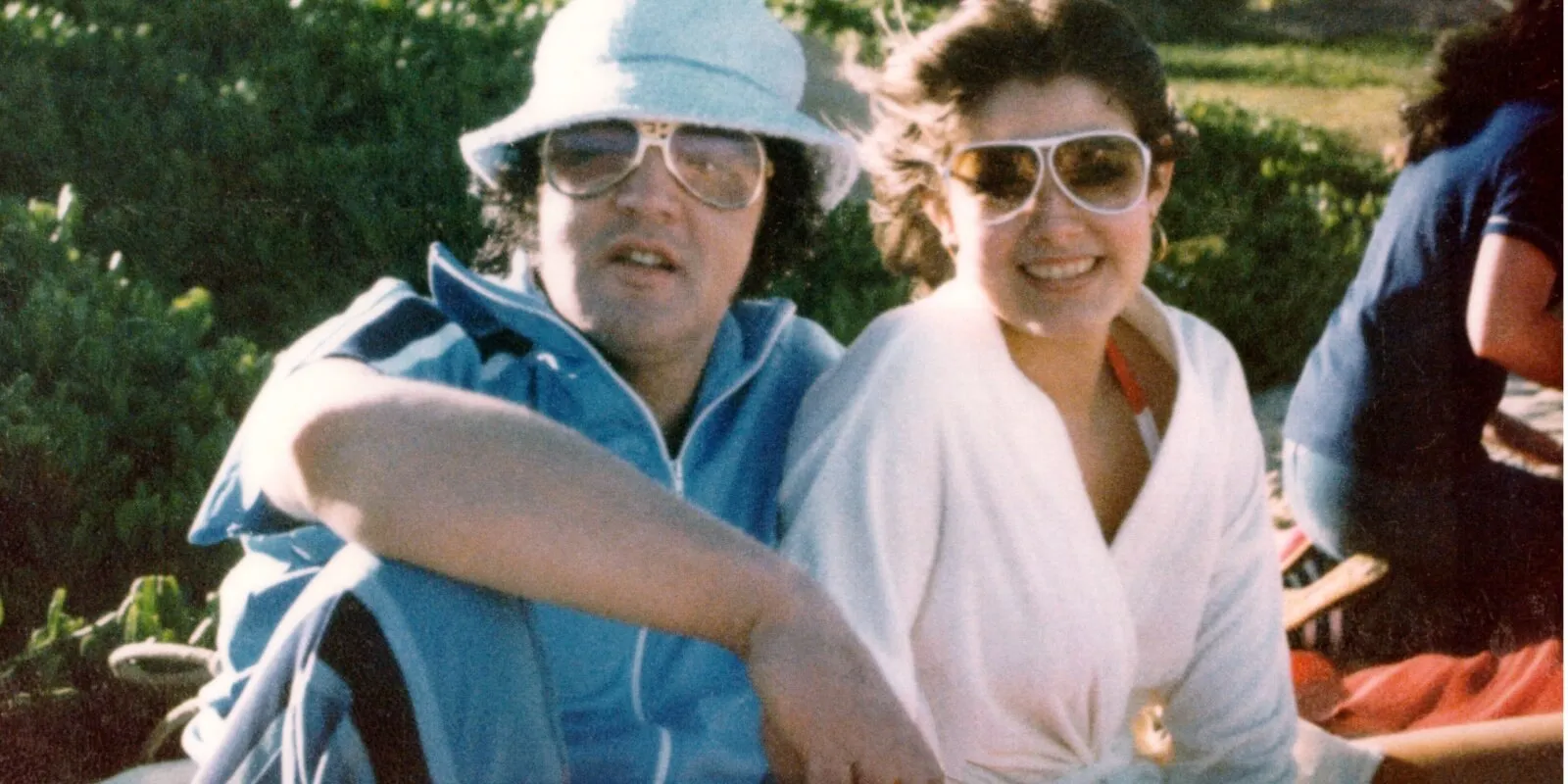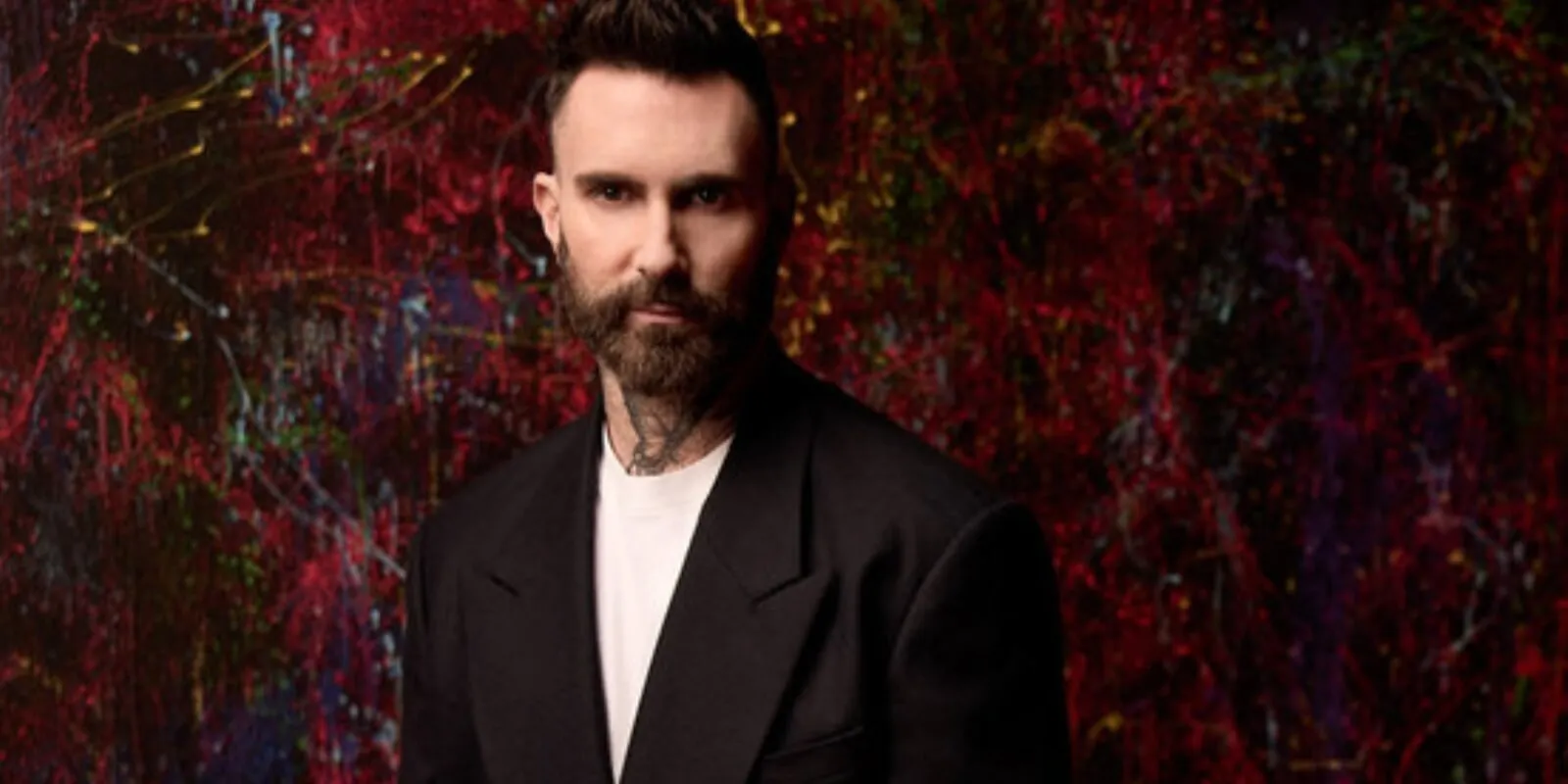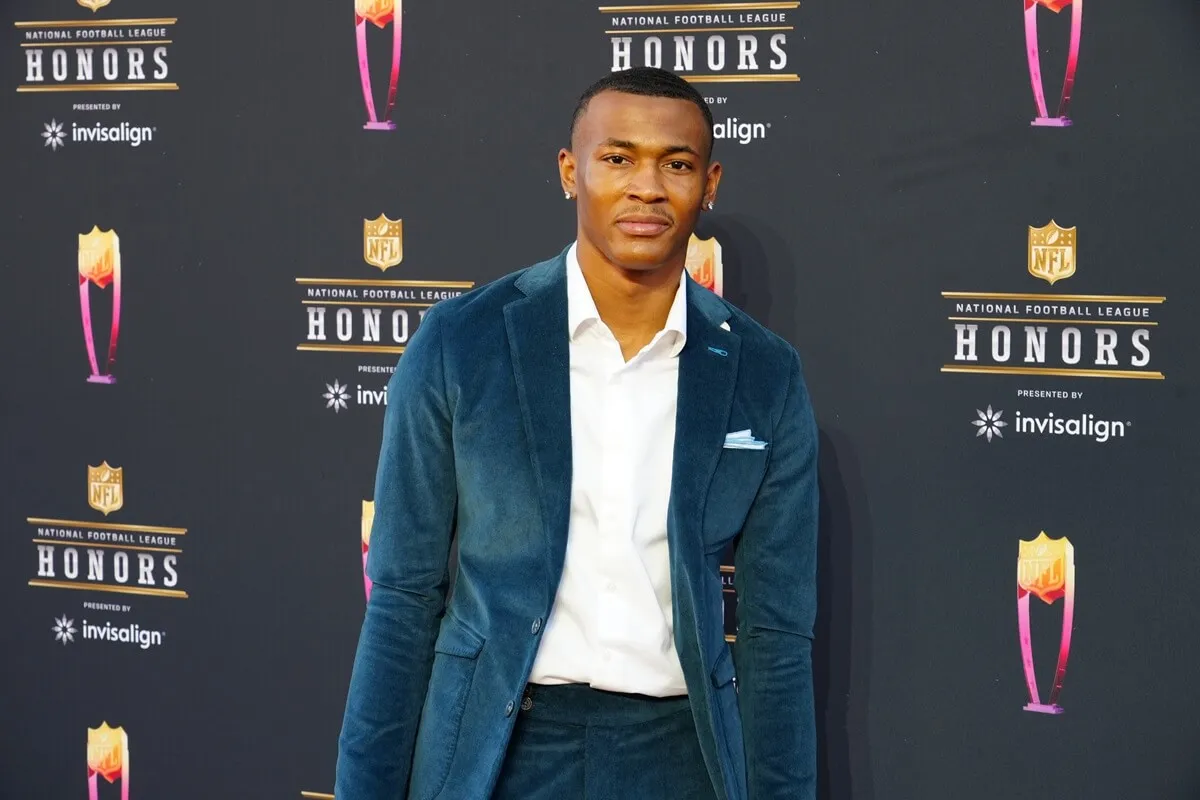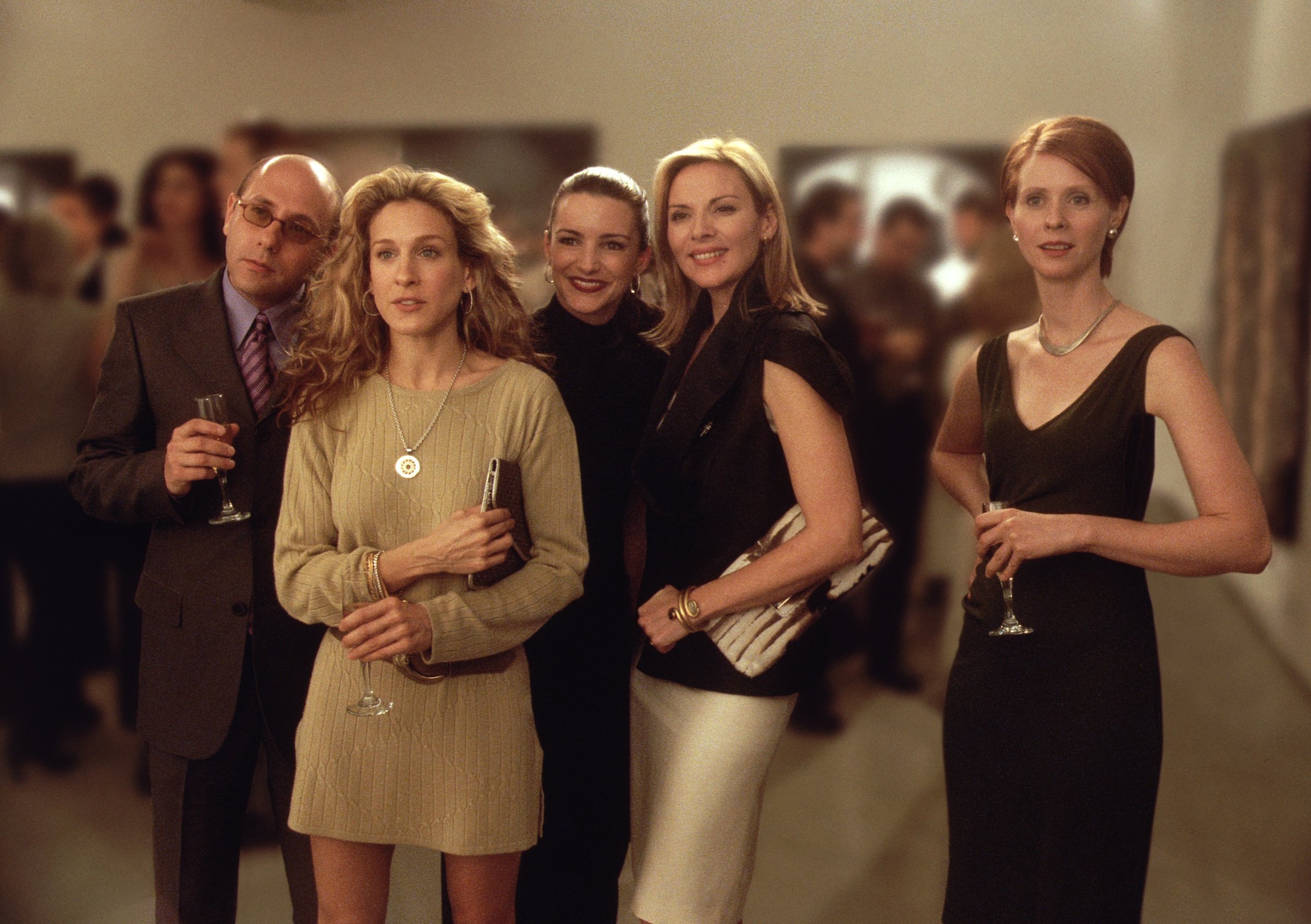
How The Ladies of ‘Sex and the City’ Differed From the Single Girls That Came Before Them
Sex and the City fans first met Carrie Bradshaw in 1998. At the time, the series was the most provocative mainstream entertainment offering. The show’s approach to sex and romance wasn’t the only thing that made it unique. Carrie Bradshaw was the first true female anti-hero. Her pals didn’t fit into the traditional archetype for single women on television, either. Carrie, Samantha Jones, Miranda Hobbes, and even Charlotte York were different from all of the single female characters that came before them.
Carrie Bradshaw and her friends weren’t the first single females on TV
Sex and the City is often credited with helping to develop an entire genre of television. That credit is deserved. The New Yorker argues that Carrie Bradshaw, and her friends by association, was the first true female anti-hero. Carrie, Miranda, Charlotte, and Samantha were trailblazers in many ways. Still, they certainly weren’t the first single women who took a lead role on a television show.
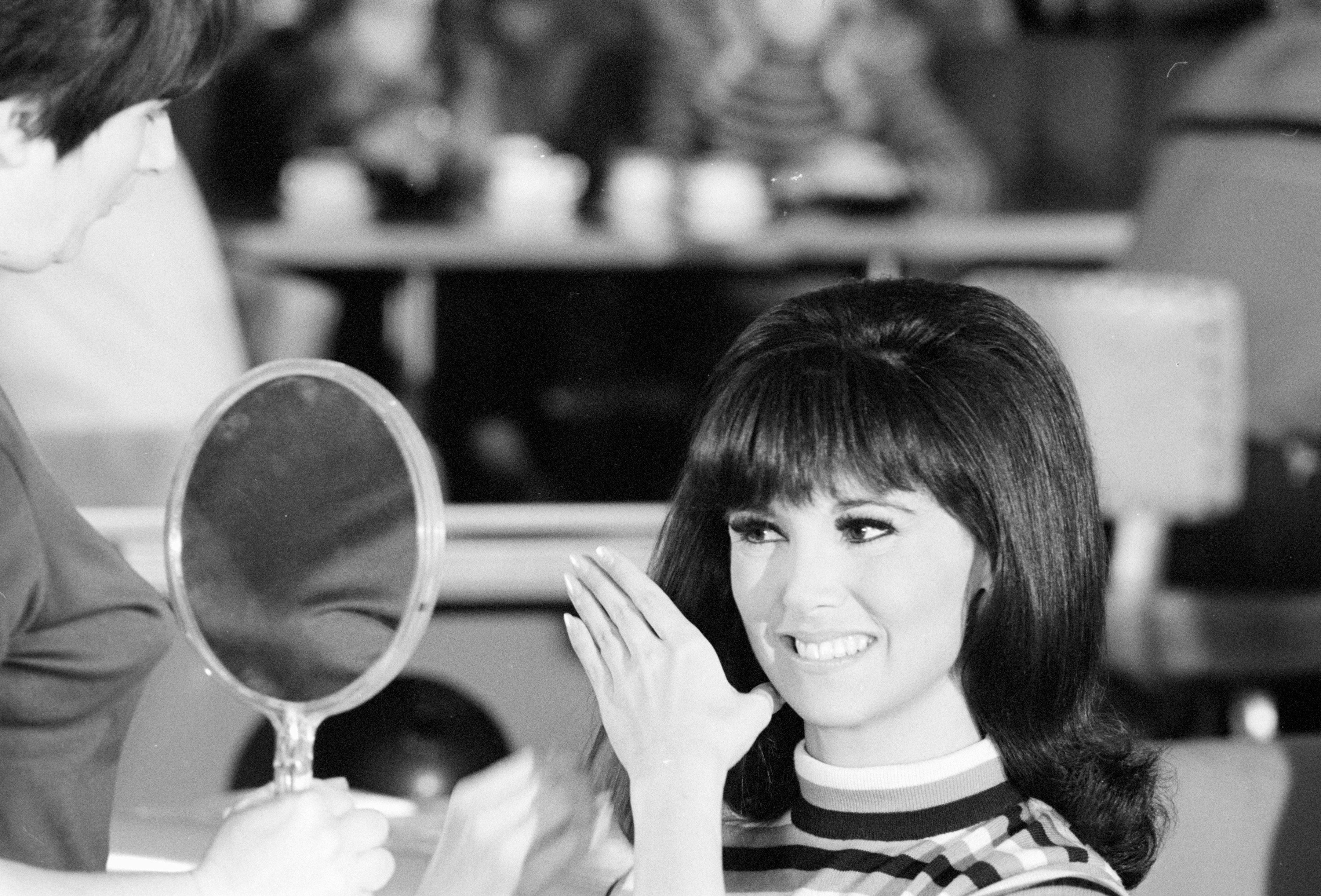
The first show to really focus on a young, single, professional woman was That Girl, the 1960’s sitcom about an aspiring actor who moves to New York City. Marlo Thomas, who portrayed Ann Marie in the series, was warm, likable, and completely wholesome in her role. After That Girl, there was The Mary Tyler Moore Show.
In the famed series, Mary Tyler Moore portrayed Mary Richards, an unmarried television producer. While Mary’s single status was often referenced, her story was a soft entry into the world of single women. Mary arrived in Minneapolis after a long-term, serious relationship ended, proving that she wanted to get married, just not to her former partner. She, like Ann Marie, was completely wholesome and sweet to a fault.

Along the way, The Golden Girls, Murphy Brown, and several other shows featured strong female leads, but there was still something different about Sex and the City. The show managed to walk a fine line that no other show before it dared to attempt. The ladies of the series were just as unlikable as they were relatable.
The ‘Sex and the City’ characters did differ from previous single female characters in one important way
The ladies of Sex and the City weren’t the first single women featured on television. They did differ from their predecessors in one significant way, though. The show’s writers weren’t interested in making the ladies of Sex and the City more palatable. The show’s rawness, sometimes-gritty subject matter, and occasionally judgemental attitudes toward more mainstream social groups made the show’s women more real.
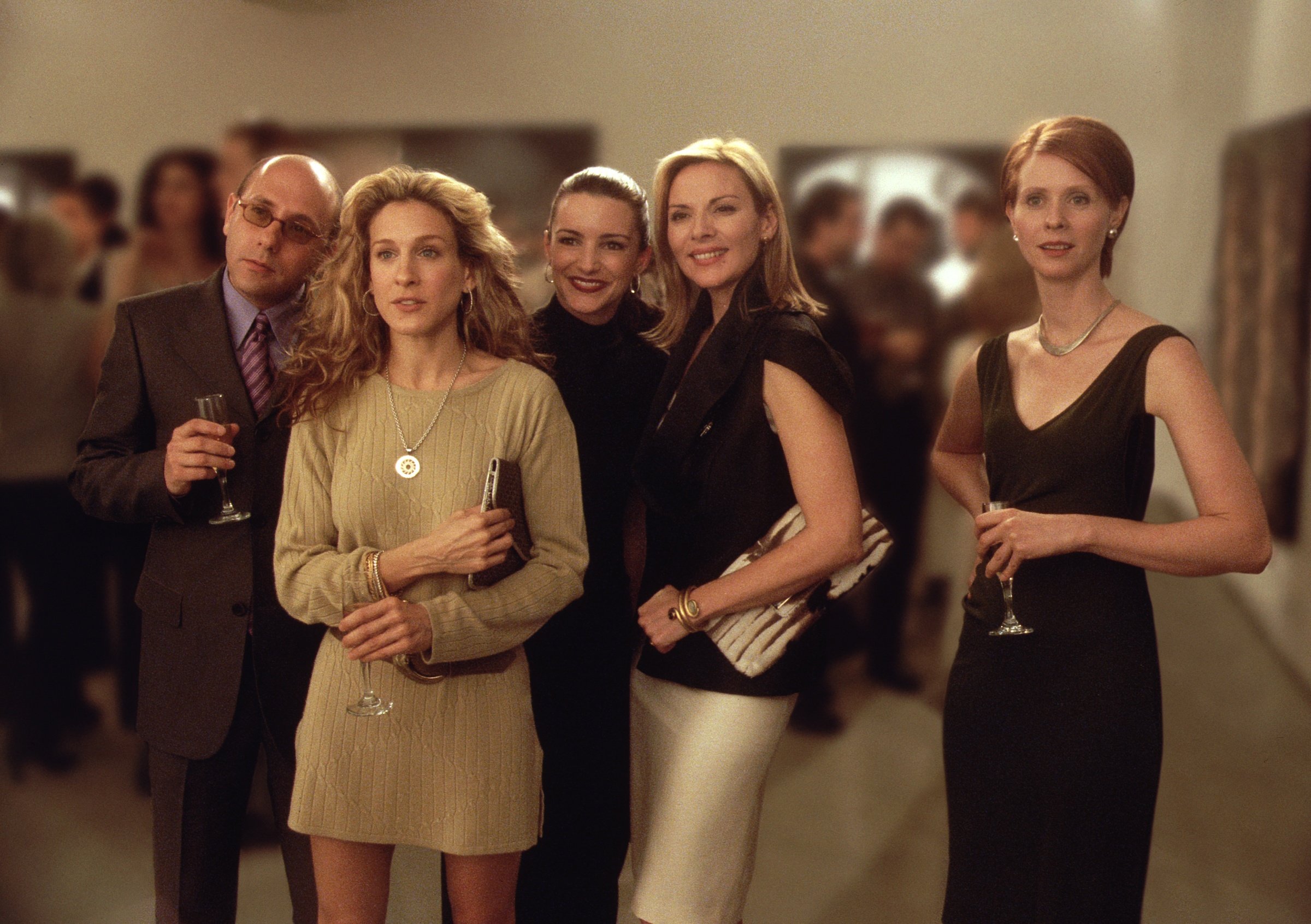
You could argue that Sex and the City’s main characters changed how people viewed feminity and female characters. Shows that came before Sex and the City truly focused on making their single female characters almost wholly positive, always kind, and incredibly wholesome, or the polar opposite. The shows that came after it took a page from Sex and the City’s book. The characters they crafted were far more complex and dynamic. They developed female characters who were both likable and unlikeable, emotionally raw and often unsure, but also confident and capable.
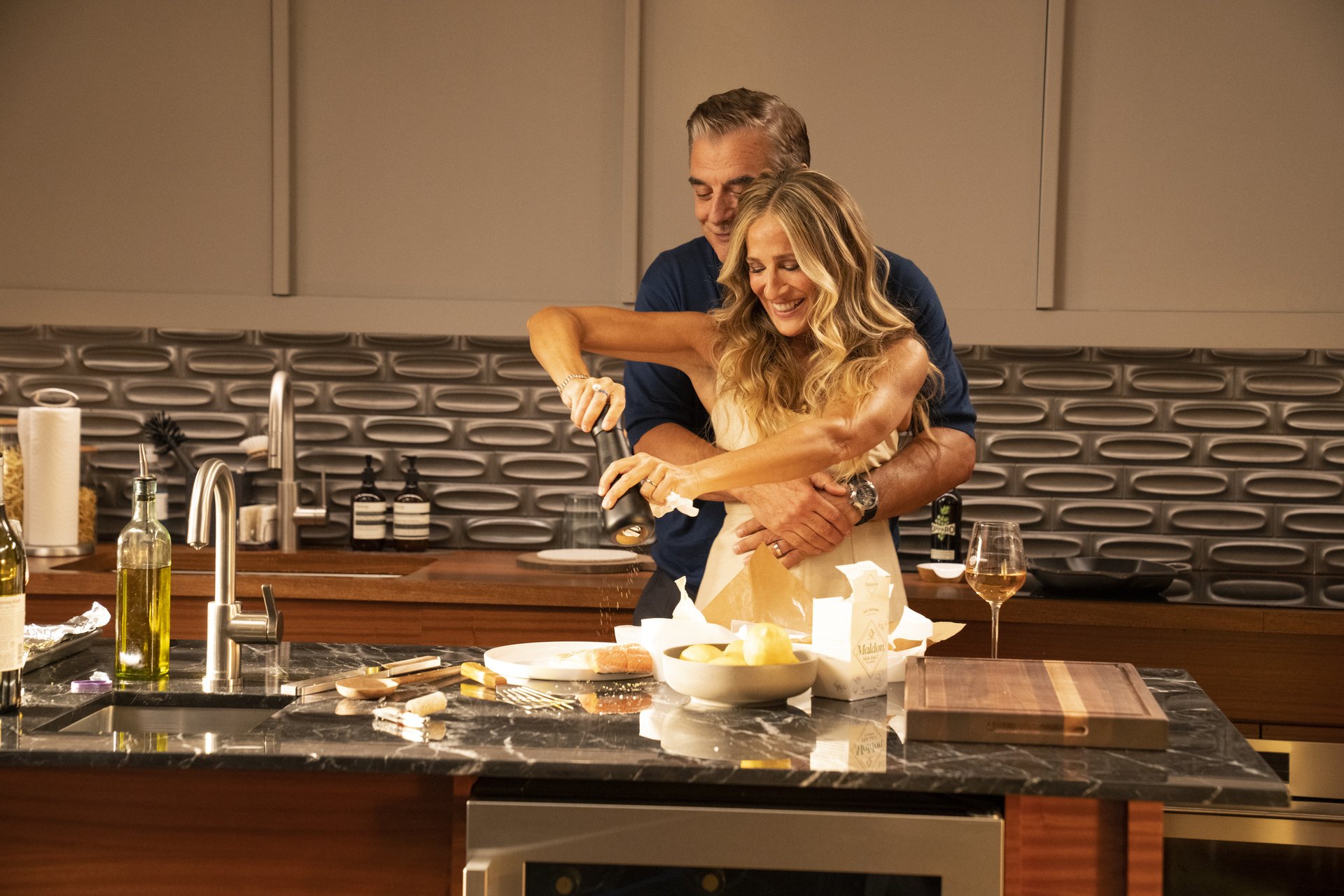
Sex and the City might have developed strong and flawed single women as characters, but the series also betrayed its predecessors in the end. Mary Richards and Ann Marie remained single at the end of their respective series. Murphy Brown walked boldly into motherhood as a single woman and even canceled a wedding. Sex and the City ended with all four of its main characters, promoted as strong, independent women, safely enveloped in relationships when season 6 drew to a close. Even show creator, Darren Star, was dismayed by the decision.
